Who is Gao Hua? ——A parody show under micro power
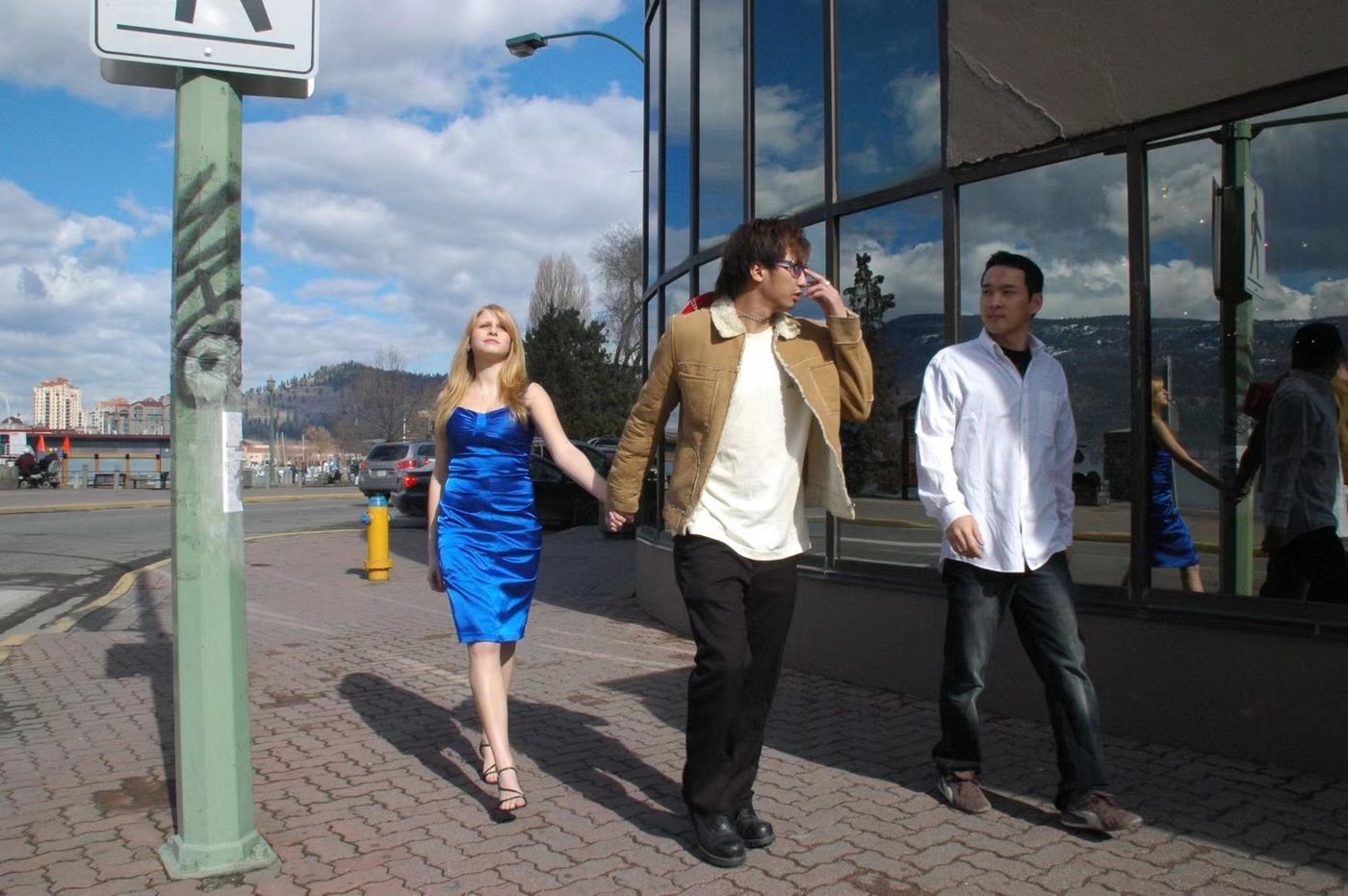
This photo is the best contemporary photography work I have seen this year. Students who have a little understanding of the history of photography will know at a glance that it is an imitation of "Mimic, 1982" by Jeff Wall, the great master of contemporary photography.
So before interpreting this work, let's take a look at this piece by Jeff Wall.
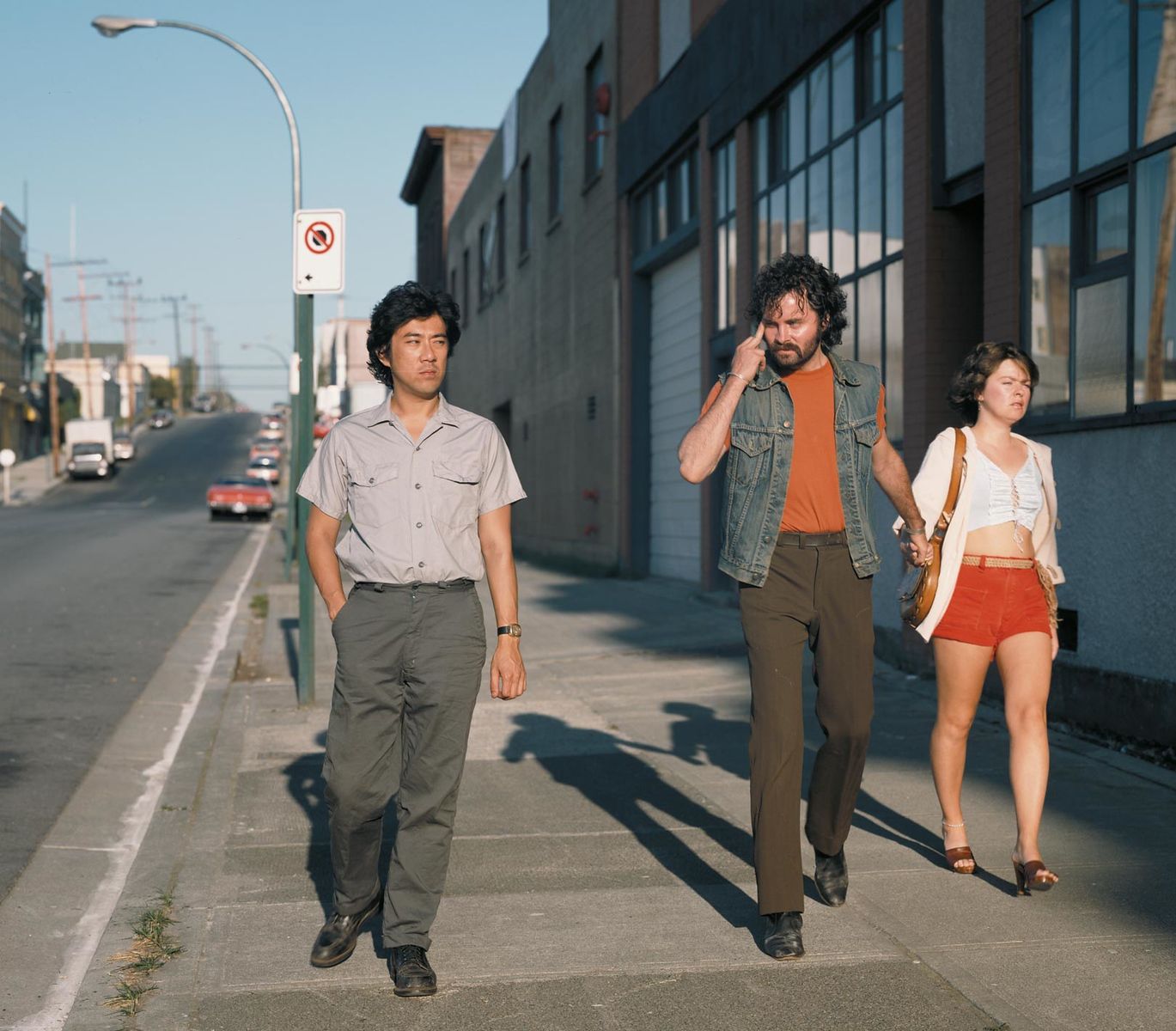
This work belongs to Jeff's early works. Mimic is not only a reference to content, but also imitates-parody-rebellion in form and in the history of photography.
At that time, Jeff was indulging in the paintings of Caravaggio, Velasquez, and Manet, trying to graft the relationship between painting and photography. We can see the shadow of this kind of inheritance of classical painting in some early works, such as Picture for Women is a parody of Edouard Manet's A Bar at the Folies Bergère.
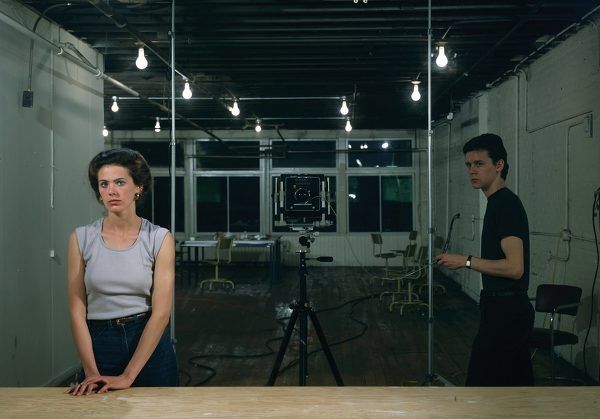
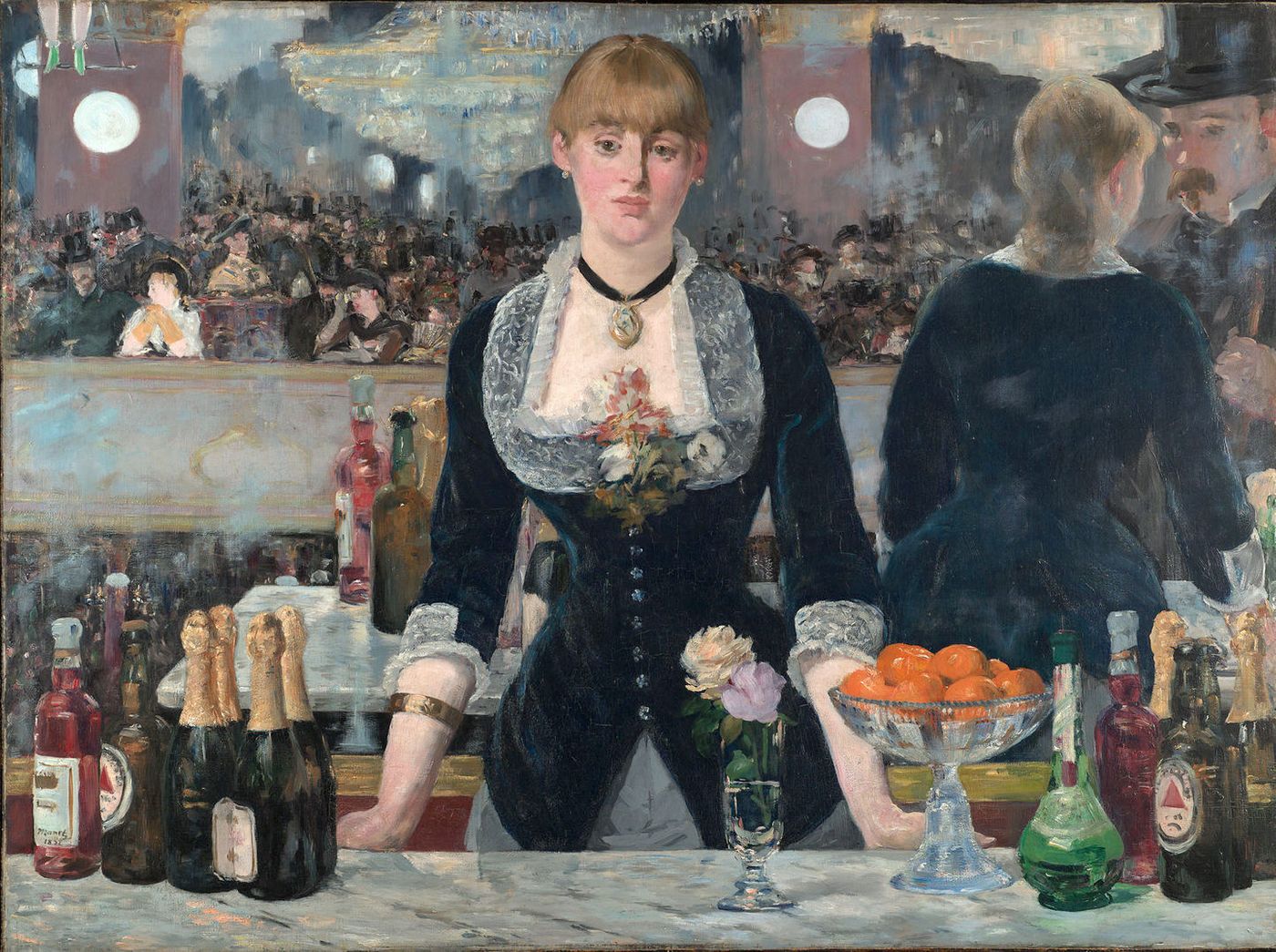
The Destroyed Room was inspired by Eugène Delacroix's The Death of Sardanapalus, 1827.


Of course, as a leader in contemporary photography, Jeff is obviously not satisfied with just grafting on the past. His more important purpose is how to rebel, how to open up territory on the basis of his predecessors, and how to further explore what photography is as a contemporary art. Jeff went from indoors to the streets, but he was confronted with a new kind of street photography, one that shifted from the traditional documentary style of Magnum to that represented by the likes of Robert Frank and Garry Winogrand. Contemporary art photography, what else can Jeff do?
In his own words, he invented a cinematic panorama, in which every detail is carefully arranged, the narrative is very strong, there is a lot of information (reference), but it uses a kind of Presented in a documentary way, it can be said that Jeff Wall is doing photography in a way of doing movies. Some people commented that his works are like prose poems, "a carefully constructed artificial reality, a fictional plot derived from life but highly refined to present social reality."
Interpretation of "Mimic, 1982"
Specific to this "Mimic, 1982", if you understand Jeff's creative ideas and pay attention to his mise-en-scène (mise-en-scène), then this work will become more interesting.
First of all, in terms of form, Jeff used a large 8x10 format in order to present a very clear reality and meet his requirements for the texture of oil paintings.
In terms of color, the color arrangement of red and cyan is very coordinated, please note his red arrangement, including this Asian skin is also rendered red. The three red blocks in front of the picture and the red car behind it and the red prohibition sign form a rhythm. As Stephen Shore (Stephen Shore) proposed structure (structure), and his famous saying: "A photograph without structure is like a sentence without grammar – it is inconceivable." Obviously Jeff also knows this.
The choice of location is also carefully chosen by him when he travels to many places. The wall on the right side of the work and the street on the left side form a visual tension, which is in line with the perspective method of classical oil paintings. The left-curved telephone pole behind the trio is used to balance the picture. Please note the ramp in the distance, which is of course also a deliberate arrangement by Jeff, its symbol has a pun meaning, and it is intertextually interesting with the work I will talk about next, not listed.
Of course, a piece of work does not belong to the author after it leaves the author. There are many interpretations of the symbolic meaning of the picture. Jeff neither denies nor agrees with this, but he said, " I don't take them as puns, I think they are Form-shaping props. To me, they're not an opinion, they're a physical part of the image. That symbol is there. I thought, I could remove it, but couldn't find any reason ."
Looking at the content of this work now, this is a photo whose meaning is very clear now, but considering that this work was completed in 1982, it can be said that Jeff Wall's observation is very keen and advanced of.
Some people say that Jeff Wall's work is very attractive, and it is true. It seems that the picture is very dramatic, but you will gradually have a sense of strangeness or alienation in the process of viewing, and the way of viewing also has a ripple effect. The tension unfolds in an instant, like a stone thrown into the center of the lake, gradually extending to every corner of the work.
This middle finger gesture is the tension pole, the rock.
Putting the middle finger to imitate the small eyes of Asians, this kind of obvious discrimination, in today's terms, is not very harmful (after all, I didn't get a headshot), but it is extremely insulting. We follow this power and expand. The first is the confrontation between the expressions of the Asian and his girlfriend. The girlfriend's expression seems to be like a give a shit. She may be dissatisfied with her boyfriend's vulgar behavior, but the deeper psychology is probably disdain for Asians; In contrast to Asians, his expression is also intriguing, with puzzlement, resentment, and humiliation all projected on this face (the face of the other).
Looking at their clothes, it is equally interesting. The Asian clothes are obviously engineers, as if they are employees from Apple (model Asians), and the two white people are wearing typical post-hippie young people. . These young people in 1982 are probably all the white people who voted for Trump now.
There are also details, please pay attention to the shadows on the ground, who is fully manifested, who is half-covered, and who is completely covered, the power relations are hidden in the sun, clever and ironic.
To say that the work is only intended to show a superficial discrimination would be to underestimate Jeff Wall's intentions. He aims to reveal some deeper problems through Mimic, in other words, he wants to awaken people, ask questions, how this phenomenon occurs, and good art is that his interpretation is not only one side. Similarly, we can explore how the behavior of imitation spreads along the level of psychology. Imitation is human nature. This man with the middle finger may imitate the eyes of Asians, or it may imitate the behavior of others. The crux of the matter is how imitation turns from curiosity to discrimination. If we can stop at this work long enough, we will find Jeff Wall's reflexivity, our eyes from sympathy for Asians, start to sympathize with the man with the middle finger. This work, like "The Elegy of the Countryman" and "Stranger in the Homeland", explains the plight of the bottom whites in North America in a more calm and understanding way and explains why Trump came to power. However, Jeff Wall raised this issue nearly 30 years earlier, and it did not happen in the United States, but in Vancouver, which is known as the third-largest city in the world. Have to sigh again the prophet of the artist.
Intertextuality and Interpretation of "Mimic, 2008"
This intertextuality is even more interesting if we look at the mimetic work Mimic, 2008 along this thread.
At first, I thought it was someone spoofing. After all, the author's name is Jeffrey Wong, which is homophonic to Jeff Wall. From the author's name, to the title of the work, to the work itself, it's all in Mimic. Later, I checked and found out that this photographer really exists, but he guesses that he no longer engages in photography, and he has no works after 2010. But that doesn't detract from the excellence of this work.
First, let's analyze the form first.
This work is most likely a digital work, which is very different from Jeff Wall's large format in form. One more thing, Jeff Wall's early works are presented in a light box in a huge format, and people are presented in equal proportions. This viewing method also broadens the boundaries of photography.
In the composition, the strict classical perspective method is not followed. The arc of the glass mirror on the right side of the picture and the extension line of the road on the left seem to meet outside the picture. Allow me to do the first interpretation, this is a distorted space-time. In order to balance the picture, the author raised the telephone pole behind Jeff Wall to the front left of the picture, and the telephone pole in the mirror on the right formed a frame.
color. Blue and white constitute the predominant colors in this work. Note the contrast between the white clothes of the Asian on the right and the blue clothes of the woman on the left, as well as the blue sky and white clouds in the background and the blue sky and white clouds in the mirror. The design of this color should be combined with the content description, which will be discussed later.
symbol. Similar to the prohibition sign in the original work, there is also a pedestrian sign in this work, which has been cut out in reality but presented in the mirror. Its symbolic meaning lies in the interpretation of the viewer.
content. If the content of this work is compared with the original work, it will show a richer meaning. It still starts from the most tense moment of this work, except that the subject of the middle finger has become Asian. This transformation of the subject is wonderful, it enriches the evolution of discrimination, a response to the present.
Let's start with the clothes. The Asian man on the right is wearing a work uniform similar to that of the research institute. He is still a model citizen, and he is still the stereotype of an Asian male. And his reaction to the humiliation was more direct than that of the Asian in the original - he made eye contact with the Asian in the middle. On his face, the humiliation disappeared, and it was more of a puzzlement and consternation. The Asian in the middle also wears white clothes, but he wears a leather jacket on the outside. This implication is obvious, but in the ancient Chinese language, a wolf in sheep's clothing can be used as an annotation. Similarly, in the current context The rather offensive "yellow banana (yellow skin and white heart)" designation is also self-evident. The Asian male in the middle wears a thick chain and a gold ring, which is obviously not in line with the class of the Asian male on the right. Where does the male in the middle come from and why he looks like a nouveau riche is left for the viewer to think about. And the woman on the far left, her image is the most typical white beauty (blond), blond, blue eyes and white skin, her reaction is not the same as the original, if the woman in the original shows an expression of disgust, then The woman in this work shows her disregard and arrogance.
meaning of clothes. Blue represents freedom, but behind it is order and imperial power, and white represents equality (see the color test of the French flag). The irony of the two colors is so obvious that wearing white is not fair, and wearing blue does not bring freedom and order.
Look at the shadow again. In this work, the only people with complete shadows (subjectivity) are white women. The head of the shadow of the Asian in the middle is stepped on by the woman, while the Asian on the right is not only covered by the shadow, but half of the person is out of the shadow. Its meaning is very obvious.
Interestingly, the relationship between the three in the mirror is equally intriguing. In the mirror, the identities of the discriminator and the discriminated are overlapping (they have the same roots), while the discriminator is completely obscured. Into the pose of a white-clothed Asian dragging a reluctant white woman.
Regarding the expression content of this photo, we can naturally sort it out along the lines of postcolonial theory and analyze the mechanism by which this phenomenon is formed. If you want to look at the discriminator in this work from the perspective of Foucault's micro-power, why did he become such a person ?
In Foucault's power-knowledge interpretation, power and knowledge are two sides of the same body. Knowledge is produced in power, and then it has the function of producing power, which further consolidates power. After entering the modern age, people are shaped by the power-knowledge system. On the one hand, they become the subject of knowledge, but at the same time they become the object of knowledge. Here, knowledge is further shaped into truth by power. Foucault's theory of micro-power actually extends the explicit operation of power, such as violence and power, to more hidden and potential control. A set of disciplinary techniques carried out through knowledge, discourse, and its operating organs, hospitals, schools, public opinion, etc. The so-called micro, more refers to a potential unknown way of power operation. And it is such a latent relationship that Foucault wants to reveal and criticize.
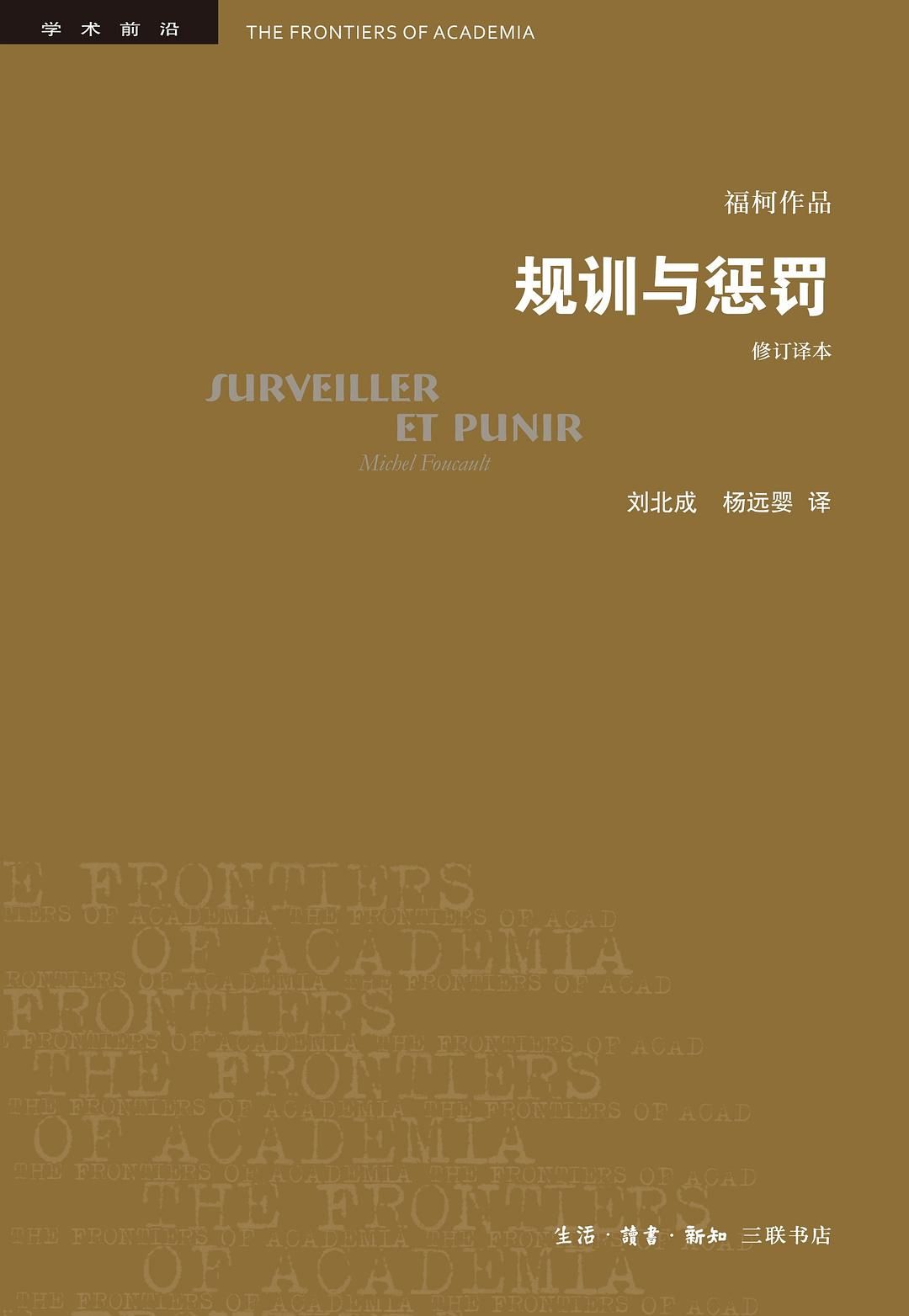
This work provides us with an opportunity to explain the rule of identity in terms of micropower. In this parody, we see that the discriminator and the object of his discrimination are all Asians, but what gives him the "power" to discriminate? What makes two people of Asian descent stand on the two ends of discrimination and being discriminated against? Without him, just because he led a white female companion. Her symbolism is the discourse of the West, or, further, the ideology of white left liberalism. Identity politics is shaped by knowledge, and its subject is grouped as a unit, but in essence, it is divided by knowledge truth, and this division transcends ethnicity and can also be divided within the same ethnicity. And behind the subject (group) and knowledge (truth) is the shadow of power. LGBT itself is an excellent example.
The Asian in the middle is obviously disciplined by Western discourse. On the one hand, he has learned a set of Western discourses, such as human rights, freedom, democracy, etc., which are familiar to him. But Foucault is very dissatisfied with Sartre's humanitarian heritage. He believes that humanitarianism cannot solve the problems of modern society by using words such as morality and value. The Asian began to have a sense of superiority that made him give up the humanitarian values he upheld, and let him begin to represent himself as an advanced representative, whoever did not conform to the truth he held (truth shaped by power) It is the other, so discrimination arises . The most important thing is that the operation of this micro-power is so subtle that the discriminators are unaware that they are being disciplined, let alone their discrimination.
The irony of reality is that Asian men are at the bottom of the chain of contempt in the Western marriage and love market. Based on the author's limited experience, the chance of seeing Asian men holding white women on the street is very low. This is the most essential difference from Jeff Wall's reality observation.
Rather, it is a mental representation, not a reality.
On the one hand, this psychological representation continues to ferment and tear after 13 years (especially in the Chinese-speaking circle). On the other hand, the reality of the United States also echoes Jeff Wall's observation. When Asian Americans in the United States play "Americans don't fight" American" banner, I'm afraid Jeff Wall himself didn't think that the "downhill road" in the photo turned out to be some kind of magic spell.
Although the two works have similar form and content, they are completely different issues at their core. The intertextuality of the two forms an interesting mirror image, in which the viewer will naturally find something.
You are welcome to share your observations and opinions.
refer to:
Like my work? Don't forget to support and clap, let me know that you are with me on the road of creation. Keep this enthusiasm together!